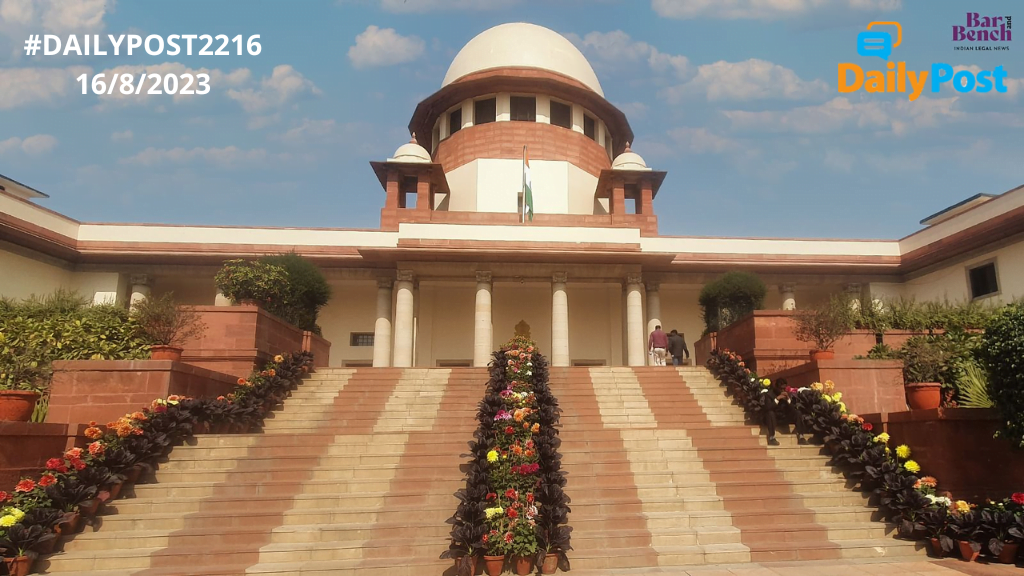DailyPost 2516
THE NEW EXECUTIVE JURISDICTION
The bifurcation of the powers between the legislature and the executive to near exclusivity is at the core of democratic functioning. In the classical copybook style, all looks fine and gives a nice feeling to the world outside, of the nature of checks and balances working fine, as is expected in a vibrant democracy. The government is accountable to the legislature and legislature to the people is mantra of democracy. In reality it is an enmeshed relationship. Out of the elected representatives, the government is created. The government sits above the permanent executive.
The political executive that is the government sits over the governance /administrative machinery end to end and has complete authority over it. Their connect with the other elected representatives more so of the ruling party remains as strong as ever. They need government access and powers, at least indirectly, to prove their influence, which is a must in Indian politics. They are not just law makers is what the Indian experience has proved. Though not mandated by law, they need to get the work done in their constituencies to prove their worth, when go the electorate the next time asking for votes. The constituents too don’t expect are not expected to be satisfied by the fact that they are being represented in the legislature.
They want work to happen and that the elected representative should get work their done. The power and some influence needs to be happen, in the area he represents. Technically he has nothing to do with the executive there, but given the de-facto situation, how long could this situation last? The elected representatives are now there in a variety of committees, attend development meetings and poke their nose in every executive decision that impacts them and their constituency. Besides full time interference in executive’s functioning, they take public servants to task through the legislative committees and questions and various other interventions during the legislative sessions. The above-mentioned de-jure and de-facto churning was not going to suffice the elected representatives, more so the MLAs.
The executive jurisdiction is political map of the state, divided into divisions, districts, sub-divisions, talukas etc. The constituencies are not co-terminus to the executive jurisdictions. As the elected representatives gained prominence, they started calling the shots in posting of officials to the areas in their constituency. Initially, it was termed as an interference in the powers of the executive, but over a period of time, they caved in and today elected representatives rule the roost. The limits of a constituency has today become the functional jurisdiction compared to the de-jure executive jurisdiction. Sometimes they come together to influence postings for senior positions as well. Understandably, the ones who control the postings gain executive control. The official hierarchy has thus got diluted. This the new executive jurisdiction. Executive power today remains just a shadow of yesteryears.
THE DE FACTO EXCUTIVE JURISDICTIONS ARE CONTROLLED BY THE ELECTED REPRESENTATIVES.
Sanjay Sahay
Have a nice evening.

